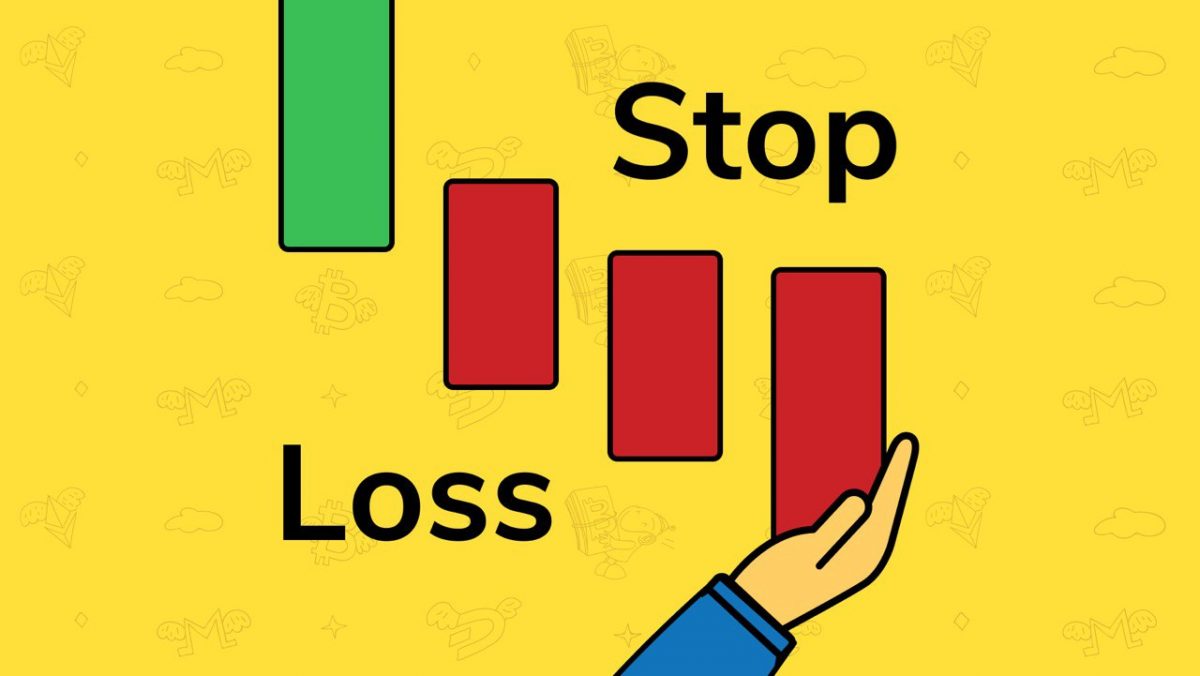For those who are interested in capital preservation!The first issue is whether you use a stop, consensus points towards the “fact” that stops don’t work. As a general rule I believe that this is due to not having stops in “the right place”. Statistics prove that the correct use of stops will allow you to outperform those who don’t use stops.I must also point out that stops sometimes don’t actually do their intended job. For instance when a stock gaps down on overnight news, also sometimes the buyers run for cover and you simply cannot sell due to lack of liquidity.Please consider, if you trade without a stop, without knowing your risk, then you are gambling.
1) When – I feel that stops should be used with every stock purchase. You may feel differently if perhaps you bought CBA in the original float and are quite comfortable seeing the price today around the $70.00 level. Personally I could not watch a blue chip stock fall by 30% and do nothing.
2) Why – Preservation of capital is paramount. All stocks back off at some stage, just look at old favorites like Telstra and an old favorite Palladin which ran from 2 cents to $10.00 and back to 2 cents again.
3) How – How is an interesting one, it all depends on your personal broker, with the internet platforms they all have their little quirks and you really should understand your particular platform, otherwise you will get caught one day. Me, I just ring my real live broker and tell him what I want.
4) Where – This is the nitty gritty. You have plenty of choices so here is a few to contemplate.
a) ATR (average true range) Better than nothing but you need to avoid the mob, if a lot of people use a 2 x 10 day ATR then I would go with 1 X 14. (in horse racing lingo – prefer others 80 to 1 outsider)
b) Percentage value – I.E. trail your stop by 10% (from where, the low, the close, which day’s low etc) prefer others 25 to 1
c) Dollar vaue – I.E. trail your stop by $1000, same issues as above, from the low, the close etc. Prefer others 30 to 1.
d) Moving average – a lt of new traders look at something simple like a 30 day MA. I see no point in this at all however…………. ( 15 to one)
e) Dual moving averages – I like dual moving averages and advise the use of a combination of Fibonacci numbers. In a strong market I strongly advise using a 34,55 DMA crossover. The crossover serves a dual purpose, first, it will on most occasion outperform most traders but also the fact that the stop is not in the market can overcome those sudden one hour wonders when a company Director announces a profit down grade and the stock slump badly for an hour or two then recovers. Of course on occassions the price will not recover so if using this stop method the be consistent. (great chance at at 5 to 1)
f) trailing stop – an old trick I used in the futures market 30 years ago was to trail by a set amount each day, but only raise the stop on up days. On down days the stop remains steady. In the case of the attached chart of Santo, the stop is trailing by 5 cents a day on up days. (Equal favourite at 4 to 1)
g) Data point – the market remembers numbers so to my mind using a “tic “below the most recent obvious low makes sense, I.E. a swing low. (Equal favorite)No doubt other have other methods, feel free to add to the list.

